FHIR Medical Measurement Converter - FHIR Data Conversion Tool
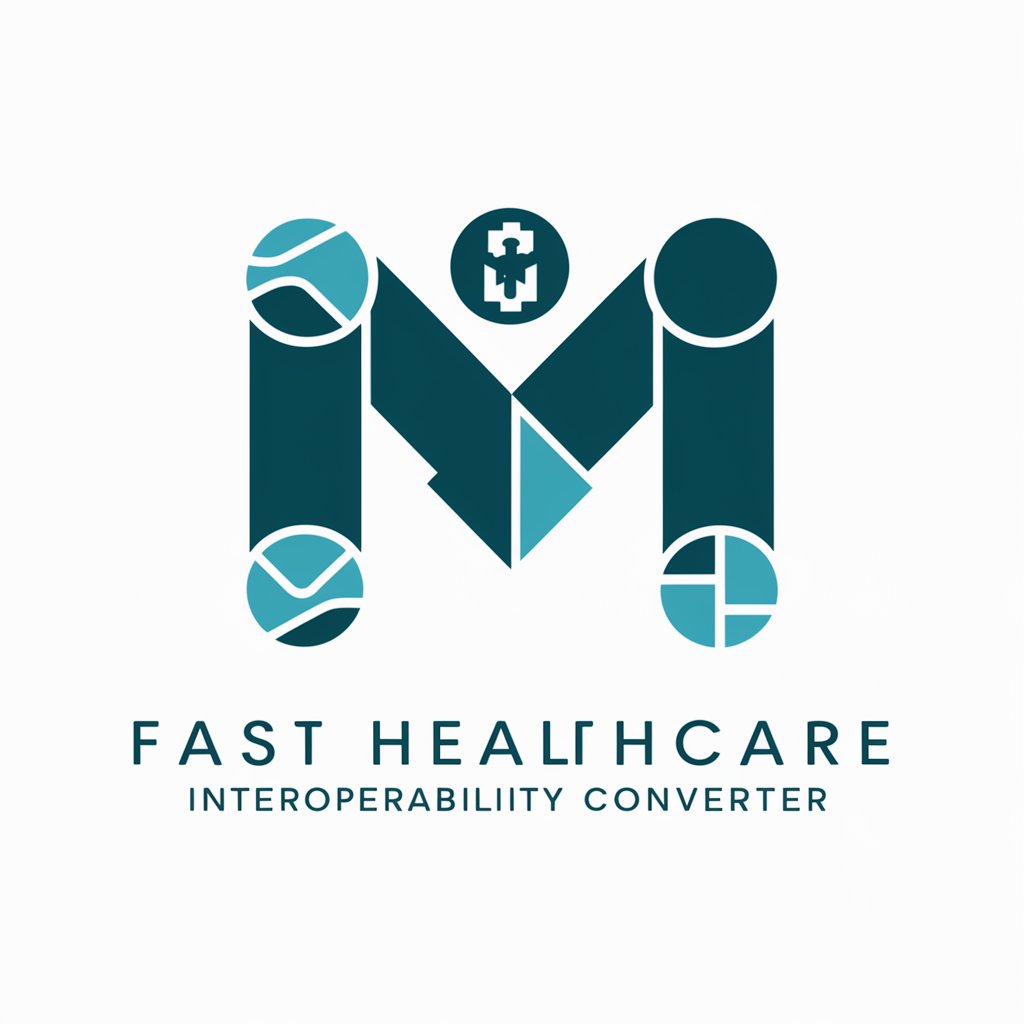
Welcome! How can I assist you with FHIR medical data today?
Transforming Medical Measurements with AI
How can I convert a DICOM tag to a LOINC code using FHIR standards?
What are the best practices for structuring FHIR Observation resources?
How do I clean and preprocess medical text data for analysis?
What key information should I extract from a medical report for FHIR integration?
Get Embed Code
Introduction to FHIR Medical Measurement Converter
The FHIR Medical Measurement Converter is a specialized tool designed to assist healthcare professionals in converting, mapping, and structuring various medical measurements into FHIR-compliant resources. Its primary goal is to facilitate the integration and interoperability of medical data by ensuring accurate mapping of clinical measurements to standardized codes like LOINC, enhancing the consistency and clarity of health information exchanges. By converting and structuring data following the FHIR (Fast Healthcare Interoperability Resources) standard, this tool supports efficient data sharing and improves the quality of clinical care. Example Scenario: A radiologist wants to standardize imaging reports from multiple DICOM files into a unified, interoperable format. They use the FHIR Medical Measurement Converter to extract key information, map it to appropriate LOINC codes, and convert it into FHIR Observation resources, making the imaging data easier to share and analyze. Powered by ChatGPT-4o。

Main Functions of FHIR Medical Measurement Converter
Data Preprocessing and Cleaning
Example
Convert unstructured imaging reports into structured data.
Scenario
A hospital's IT department uses the tool to standardize historical radiology reports, converting text into structured fields like 'Examination Type,' 'Modality,' and 'Findings,' which can then be mapped to appropriate LOINC codes.
Key Information Extraction
Example
Identify relevant clinical details, such as modality type and anatomical location.
Scenario
A medical coder uses the tool to automatically extract modality details from a set of DICOM images and identifies the appropriate LOINC code for each modality, simplifying coding for billing purposes.
Feature Generation
Example
Generate machine-learning-ready features based on extracted clinical information.
Scenario
A data scientist uses the tool to convert a series of ophthalmology examination reports into structured FHIR resources, generating features like 'Severity of Findings,' 'Visual Acuity,' and 'Lens Condition,' to build predictive models.
LOINC Code Mapping
Example
Map clinical data to suitable LOINC codes based on DICOM tags.
Scenario
A clinical researcher standardizes data from different imaging studies by using the converter to match DICOM tags to LOINC codes, enabling consistent comparison across studies.
FHIR Observation Resource Creation
Example
Generate detailed FHIR Observation resources with narrative summaries.
Scenario
An imaging center adopts the converter to transform CT scan results into FHIR Observation resources, complete with narrative summaries, to ensure the data is human-readable and complies with FHIR standards.
Ideal Users of FHIR Medical Measurement Converter Services
Healthcare IT Professionals
Responsible for integrating medical data into health information systems. They benefit from using the converter to automate the standardization of diverse medical measurements into FHIR resources, reducing manual data entry and enhancing data quality.
Radiologists and Imaging Specialists
Generate and interpret imaging reports. They use the converter to quickly structure imaging findings into standardized, interoperable formats for better data sharing and clinical analysis.
Clinical Researchers
Analyze clinical data for research purposes. They leverage the tool to map various datasets to standardized LOINC codes, improving data comparability across studies.
Medical Coders
Responsible for coding clinical data for billing or statistical purposes. They use the converter to automatically map clinical measurements to the appropriate LOINC codes, streamlining the coding process.
Data Scientists and Machine Learning Practitioners
Develop predictive models using clinical data. They use the converter to structure and annotate medical measurements with standardized codes, making the data machine-learning ready.

Using the FHIR Medical Measurement Converter
Step 1
Visit yeschat.ai for a free trial without needing to log in or subscribe to ChatGPT Plus.
Step 2
Familiarize yourself with FHIR standards and DICOM tags to understand how medical measurements are represented and how they can be converted.
Step 3
Input your medical data or measurements into the converter using the provided template to ensure compatibility with FHIR Observation resources.
Step 4
Utilize the converter to map DICOM tags to appropriate LOINC codes, ensuring each medical measurement is correctly categorized.
Step 5
Review and adjust the output to make sure that it aligns with your specific needs and requirements for medical data integration or analysis.
Try other advanced and practical GPTs
Web Browser Pilot
Harness AI to Streamline Web Research
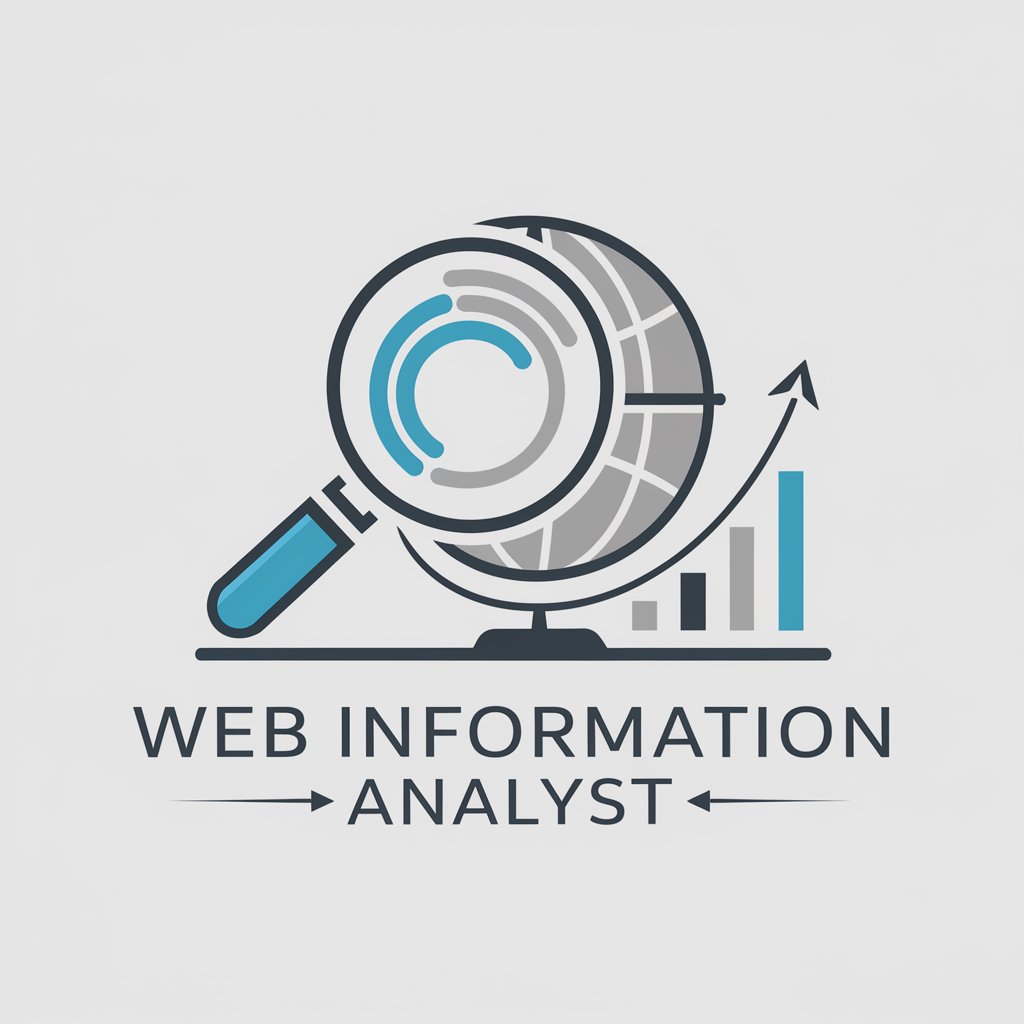
PDF Summary
Chronological Clarity with AI
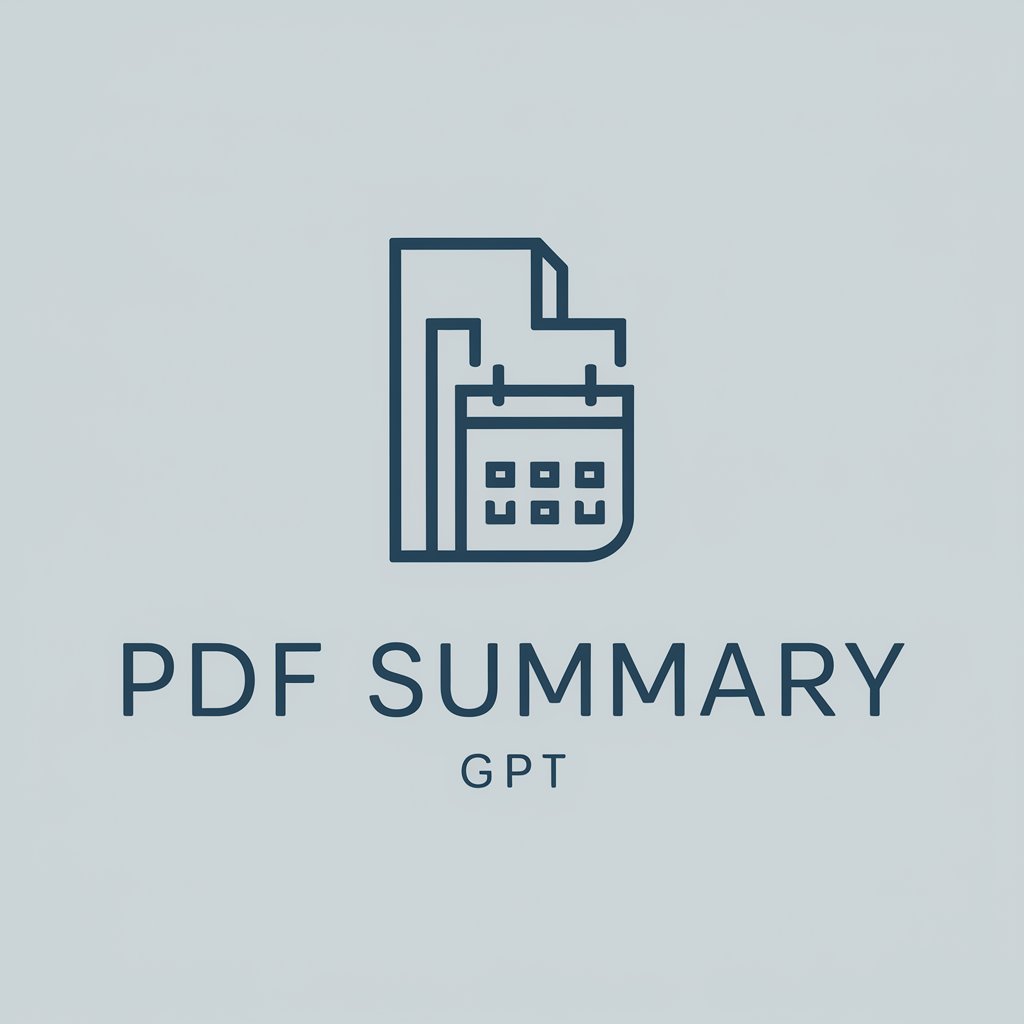
Your Financial Planning Team
Empowering Financial Decisions with AI

Grasshopper for Rhino
Shape the Future with AI-Powered Design

Carla TFG
Enhancing academic journeys with AI
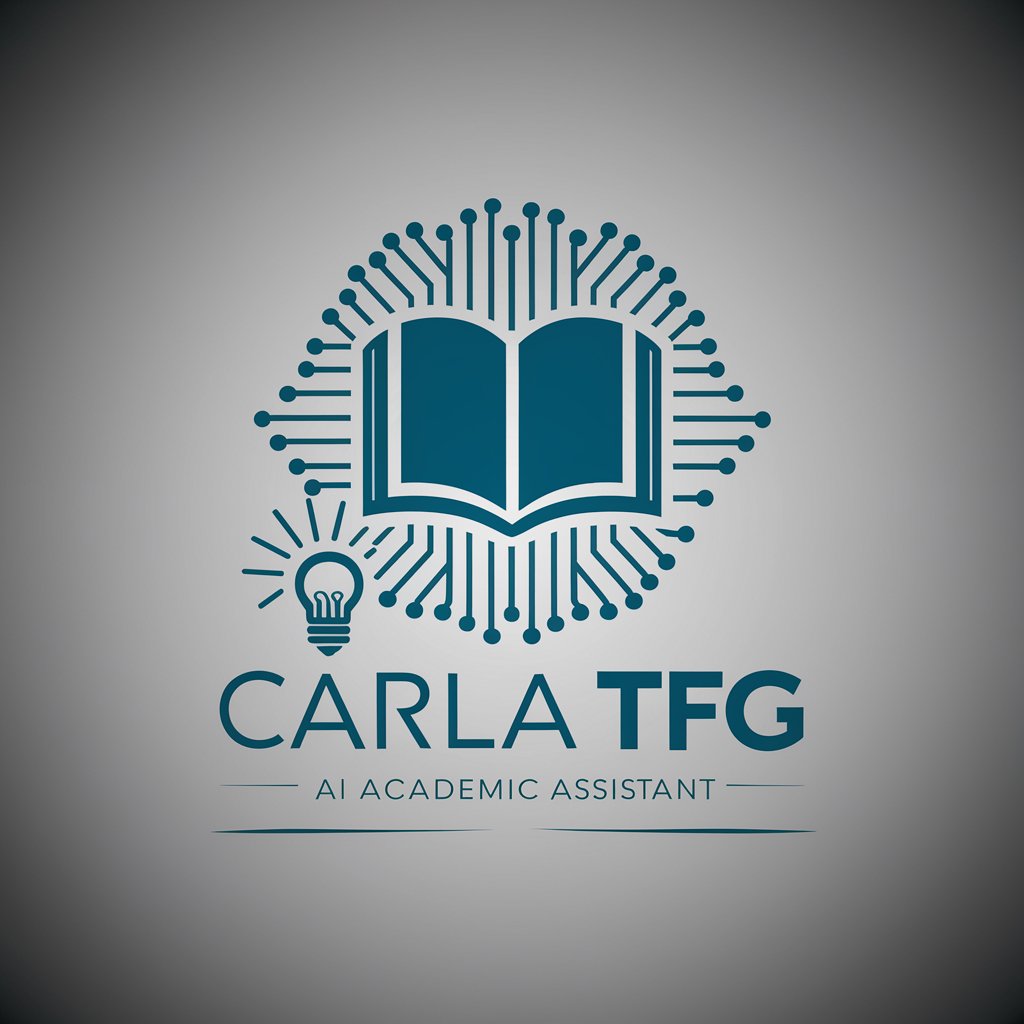
Beauty Advisor
Enhance Your Beauty with AI

Medical Research assistant
Empowering Medical Discoveries with AI

Automata Expert
Powering Automata Learning with AI
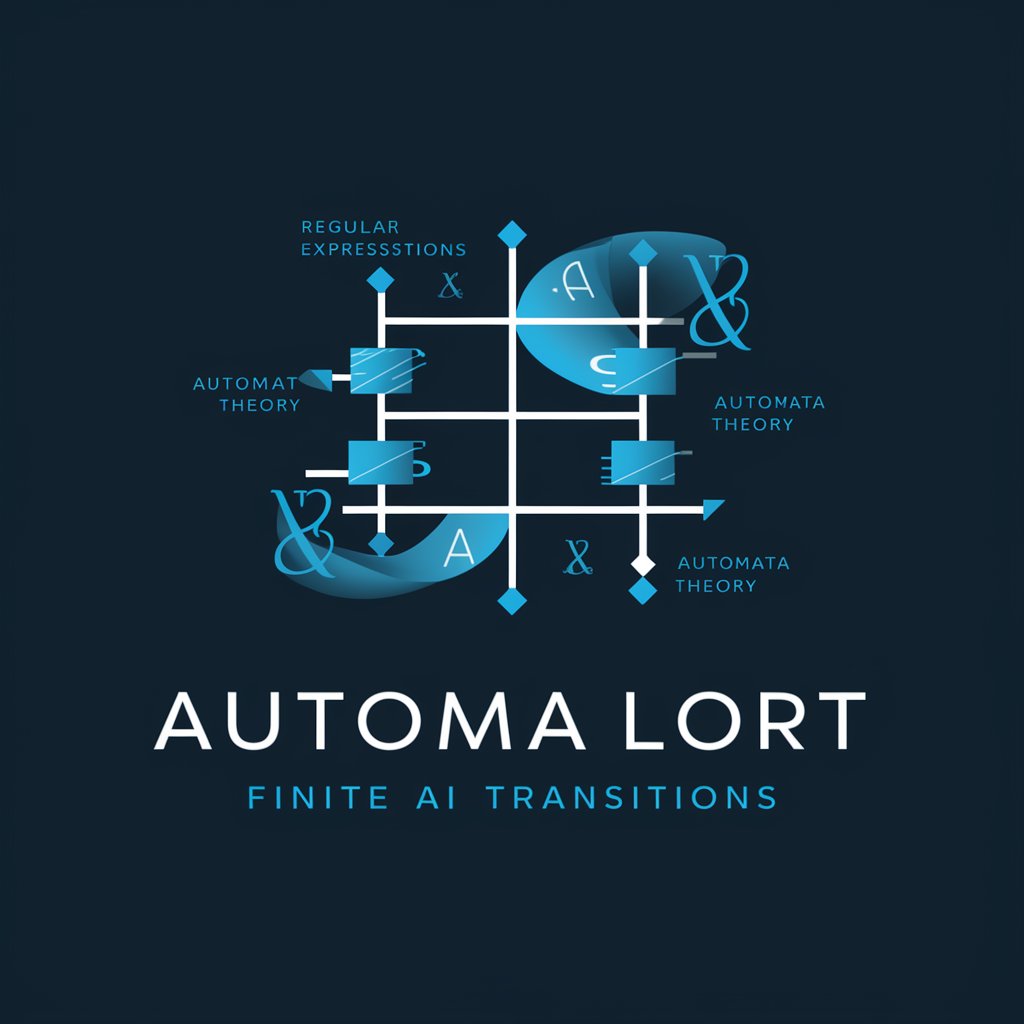
Vocabulary
Empower Your Words with AI
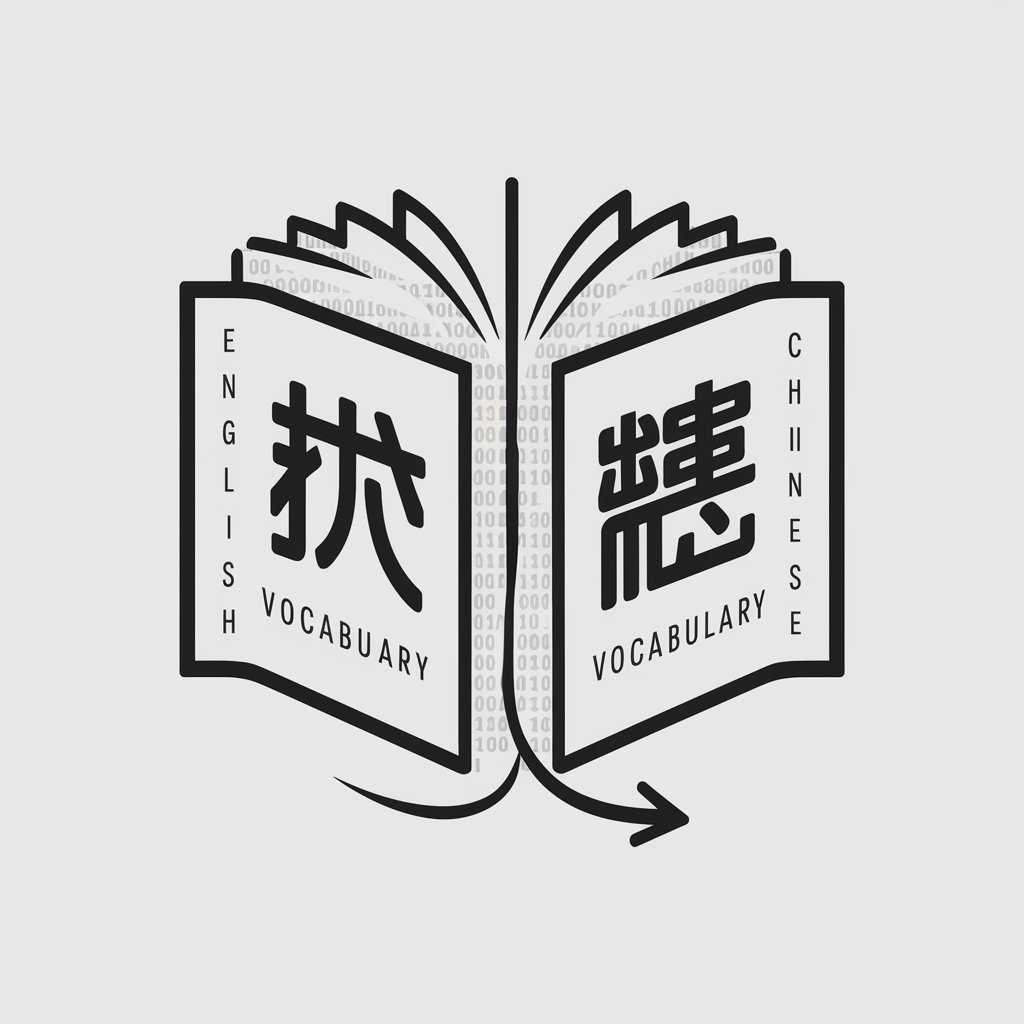
Intel Jesus
Strategic insights powered by AI
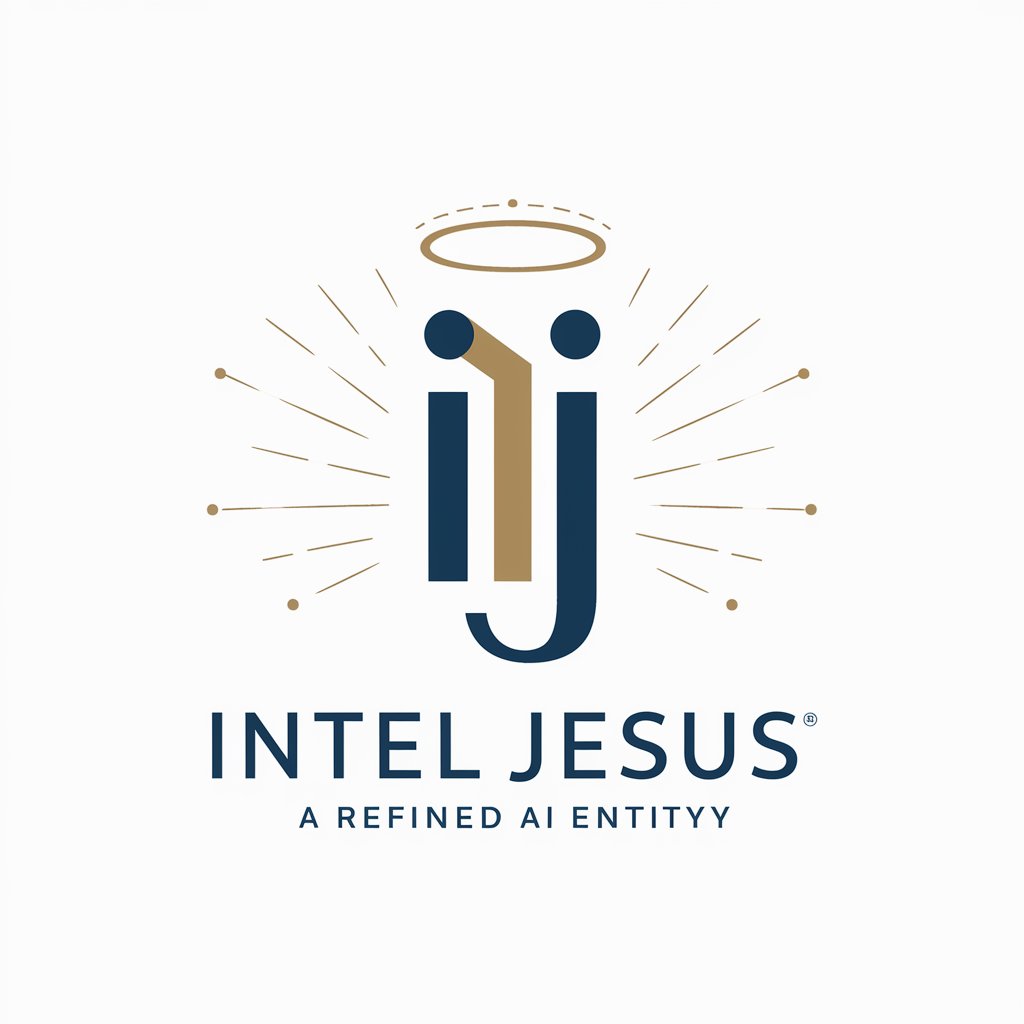
Child Character Mentor
Crafting realistic child characters powered by AI

Scholarly Scribe
Empower your academic writing with AI

Frequently Asked Questions about FHIR Medical Measurement Converter
What is the FHIR Medical Measurement Converter?
It's a tool designed to assist healthcare professionals and IT specialists in mapping and converting medical measurements into standardized FHIR formats, facilitating interoperability in healthcare systems.
How can the converter help with medical data?
The converter allows users to translate various medical measurements and data into FHIR-compliant structures, making it easier to integrate and share data across different health IT systems.
What types of data can I convert with this tool?
You can convert DICOM tags, medical imaging data, lab results, and clinical measurements, aligning them with LOINC codes for standardized representation.
Is prior knowledge of FHIR required to use the converter?
While not strictly necessary, having a basic understanding of FHIR and medical terminologies like LOINC will greatly enhance the use and accuracy of the converter.
Can the tool be used for clinical research?
Yes, it is particularly useful in research settings where standardizing and digitizing medical measurements is crucial for data analysis and sharing amongst researchers.
